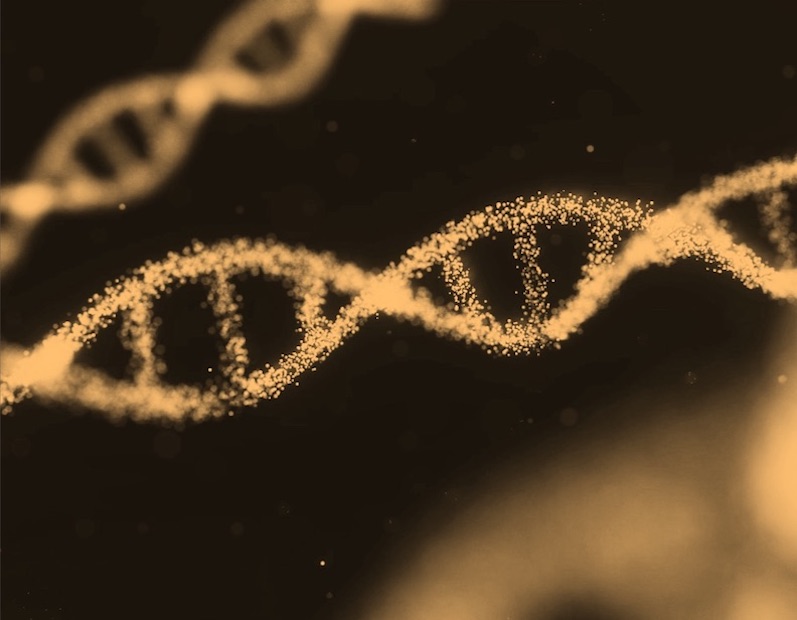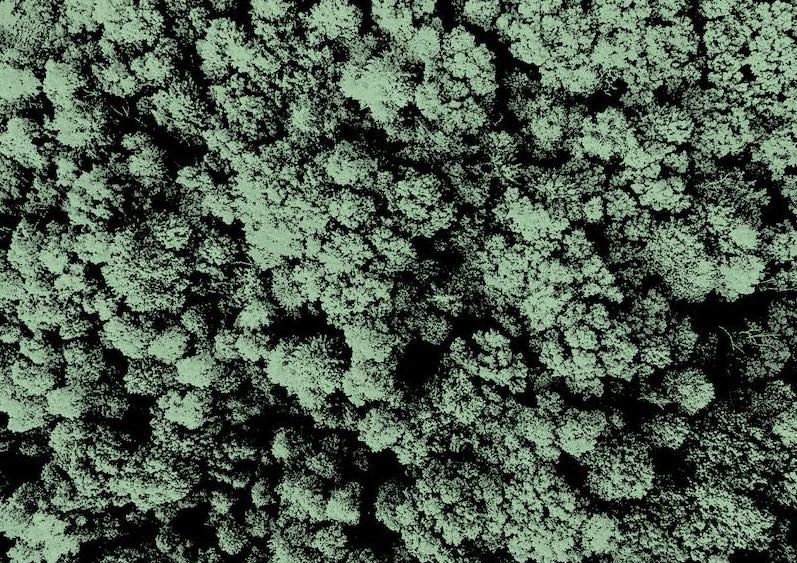What is it about?
This paper deals with the design and implementation of series active power filter for power quality improvement. The problem of harmonics due to non-linear loads can be reduced by series active power filter. P-Q theory is used as the control algorithm in the proposed series active power filter. The performance of the filter is evaluated by monitoring the reduction of total harmonic distortion and the improvement of power factor. Finally, the series active power filter is simulated for hardware implementation using micro-controller and power electronic circuits.
Featured Image

Photo by Abby Moulton on Unsplash
Why is it important?
We implement a series active power filter (SAPF) based on the P-Q theory, a widely respected real-time power theory for handling harmonics in power systems. This is important as power quality degradation due to nonlinear loads (such as variable speed drives, computer power supplies, and industrial equipment) is a growing concern in both industrial and residential sectors. Two significant findings of this work are: a) the application of P-Q theory as a control algorithm allows the filter to actively compensate for harmonic distortions and enhance the power factor, ensuring cleaner and more efficient energy use, and b) the demonstration of hardware-oriented simulation using microcontrollers and power electronics, bridging the gap between theoretical control strategies and practical real-time systems implementation. The timeliness of this work is underscored by the increasing demand for clean and stable power in modern smart grids and renewable-rich systems, where maintaining power quality is more complex and critical than ever.
Perspectives
I hope this article helps readers appreciate that even subtle distortions in power systems—like harmonics—can have serious long-term effects on system performance and equipment lifespan. The implementation of series active power filters may sound like a highly technical niche, but it speaks directly to a fundamental need for clean, stable, and efficient energy. Personally, I found working on the integration of theoretical P-Q-based control logic with microcontroller-based hardware simulation particularly rewarding. It reflects how control engineering and embedded systems can converge to solve real-world problems. More than anything, I hope this article inspires others to explore applied power quality solutions, not just in theory but in forms that are deployable and scalable in real-world power networks.
Md Khurram Monir Rabby
Read the Original
This page is a summary of: Series active power filter implementation using P-Q theory, May 2012, Institute of Electrical & Electronics Engineers (IEEE),
DOI: 10.1109/iciev.2012.6317511.
You can read the full text:
Contributors
The following have contributed to this page







